Extract can improve growth, feed utilization, immunity, digestibility and disease resistance
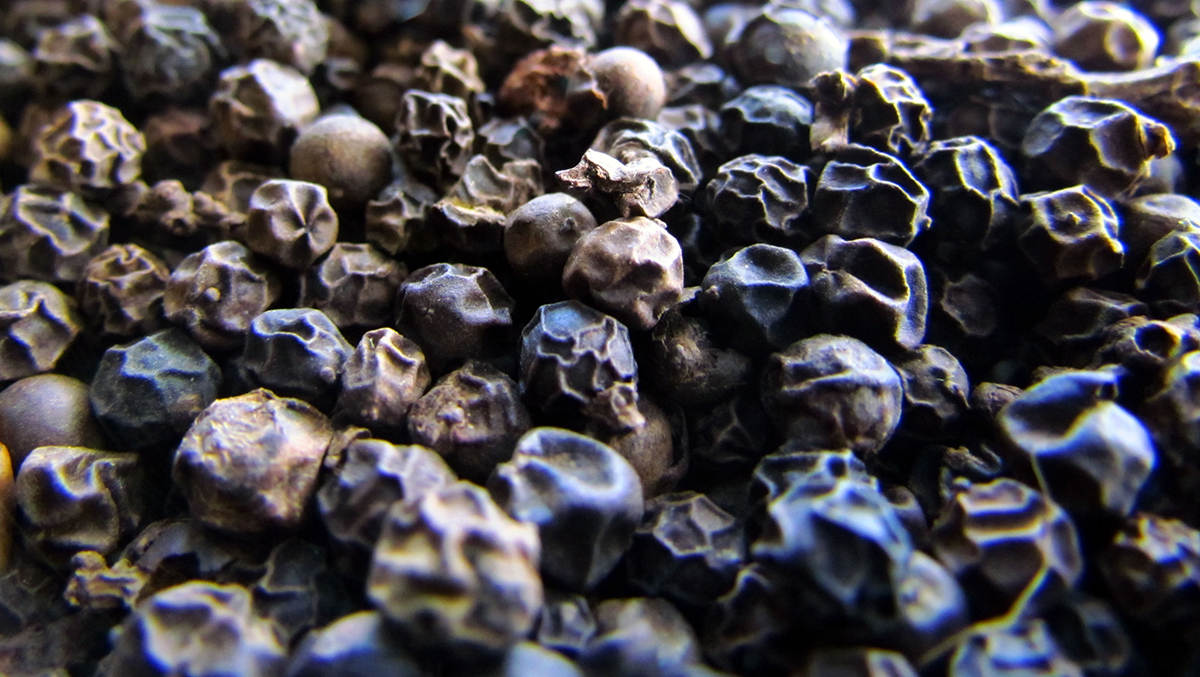
Plant extracts contain bioactive compounds with several therapeutic properties, such as anti-inflammatory, antioxidant and anti-cancer effects. These compounds have gained increasing attention due to their potential use as natural antibiotics or phytobiotics. Plant-derived compounds are more biodegradable than synthetic molecules and, therefore, more environmentally friendly and cost-effective, and can promote growth, appetite, digestion, immunity and disease resistance in many aquatic animals.
Piperine is a phytobiotic and a polyphenol-derived alkaloid compound extracted from black pepper (Piper nigrum) and long pepper (P. longum). Pepper is extensively used as a spice and in traditional medicine worldwide. In aquaculture, piperine has been used as a treatment to control parasite-linked diseases and to promote the growth, immunity and disease resistance of various fish species.
Many plants derived compounds and extracts have been successfully used as phytobiotics for shrimp feed as a potent immunostimulant. Most phytobiotics improve the resistance of shrimp against pathogenic microorganisms such as Vibrio parahaemolyticus, V. harveyi and White Spot Syndrome Virus (WSSV). Moreover, phytobiotics are also known to enhance the growth performance and feed efficiency of shrimp, in addition to their immune-boosting effect. However, the effects of dietary piperine on shrimp health and growth performance remain largely uncharacterized.
This article – summarized from the original publication (Shin, J. eat al. 2023. Piperine supplementation in diet improves growth, feed efficiency, innate immunity, digestibility and disease resistance of Pacific white shrimp (Litopenaeus vannamei). Aquaculture Reports Volume 29, April 2023, 101490) – highlights the results of research to evaluate the effects of dietary piperine supplementation on growth, feed efficiency, digestibility, innate immunity and disease resistance against V. parahaemolyticus for Pacific white shrimp (Litopenaeus vannamei) postlarvae (PLs).
Study setup
This study evaluated the effects of dietary piperine on growth, feed utilization, innate immunity, digestibility and disease resistance of L. vannamei PLs procured from a commercial vendor (Tamra Shrimp, Jeju, South Korea). The research was conducted at the Marine Science Institute of Jeju National University (Jeju, South Korea). Similar-sized shrimp (0.40 ± 0.01 grams) were selected and randomly stocked into 18, 215-liter tanks (215 L), with 25 shrimp in each tank (three replicates). Diets were provided four times daily, and the feeding rate was adjusted to 6–10 percent of the biomass of each tank.
A control (Con) diet was formulated without piperine, and five other diets were prepared by supplementing graded piperine (purity 10 percent) at levels of 0.25, 0.5, 1.0, 2.0 and 4.0 grams per kg (P25, P50, P100, P200 and P400, respectively) to Con diet. Triplicate groups of shrimp were fed one of the diets four times daily for 53 days. A challenge test was conducted with Vibrio parahaemolyticus after the feeding trial.
For detailed information on the study design, animal husbandry, data collection and analyses, refer to the original publication.
Can dietary inclusion of montmorillonite clay help mitigate the farmed shrimp AHPND pandemic?
Results and discussion
Dietary piperine supplementation improved growth performance and feed utilization in L. vannamei PLs. Piperine-containing diets had significantly higher final body weight (FBW), weight gain (WG) and specific growth rate (SGR) than the control diet. The highest values were observed in P200 group. Final body weight (FBW), weight gain (WG) and specific growth rate (SGR) values exhibited significant linear and quadratic trends by piperine. Regression analysis on weight gain against dietary piperine levels indicated that the optimal piperine level is 2.2 grams per kg.
Shrimp fed P50, P100 and P200 diets exhibited significantly lower feed conversion ratios (FCR) than the control group. The protein efficiency ratio (PER) was significantly higher in the shrimp fed P100 and P200 diets compared to the control group. The PER results exhibited a significant linear trend. IGF-BP gene expression was significantly higher in piperine-treated shrimp, with the highest expression levels observed in the P50 and P400 diet groups. Shrimp survival was not significantly affected by the dietary treatments. Similarly, piperine supplementation did not significantly affect whole-body proximate composition.
The alkaloid nature of piperine may result in poor palatability and researchers have reported lower feed utilization in various farmed terrestrial and aquatic species. In the present study, the growth performance and feed utilization were lower in P400 group compared to those of P200 group. Therefore, piperine levels in shrimp diets should probably remain below 0.4 percent.
Dry matter and protein digestibility were significantly higher in shrimp fed piperine than in the control group. Dietary piperine can reportedly enhance the secretion of several enzymes – including amylase, trypsin, chymotrypsin, sucrase, maltase and lipase – and its supplementation might have increased nutrient absorption in the present study. Piperine has antiamoebic, anthelminthic and antimicrobial properties which can improve healthy gut conditions and improve digestibility, improving the functionality of the gastrointestinal tract by promoting nutrient absorption, enzyme synthesis and immune response. Previous studies have also confirmed that dietary piperine improves the growth performance, feed utilization and diet digestibility of several species, but in our study the effects of piperine on diet digestibility did not exhibit a clear dose-dependent pattern. Only protein digestibility displayed a statistic trend, whereas lipid digestibility did not exhibit any observable trend.
Acute hepatopancreatic necrosis disease (AHPND) is a most serious disease of cultured shrimp. Regarding resistance against the causing bacterium, V. parahaemolyticus, the control group in our study exhibited a 100 percent mortality within 31 hours (Fig. 1). In contrast, the piperine-treated shrimp exhibited a higher resistance against V. parahaemolyticus and survival was significantly higher in the P25, P50 and P100 diet groups compared to the control group.
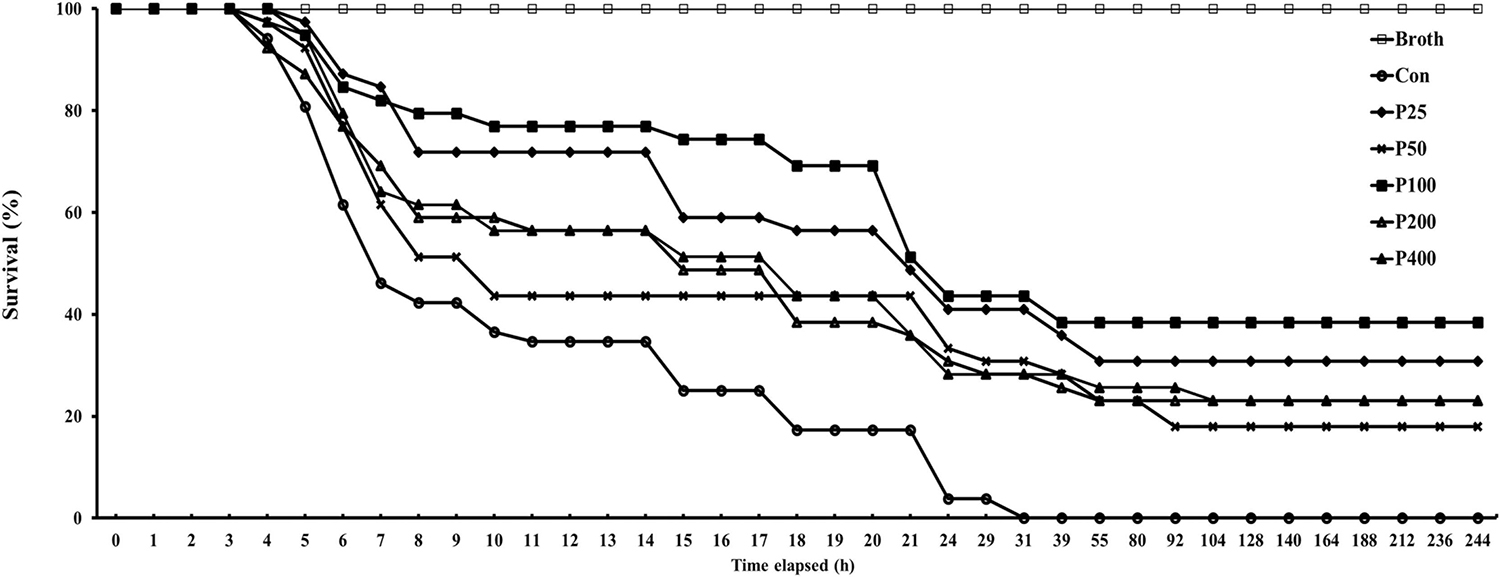
In contrast, the survival rates of the P200 and 400 groups were only nominally higher than that of the control. Agarose gel electrophoresis analyses in shrimp hepatopancreas confirmed the presence of the PirAVP and PirBVP genes in diseased shrimp. Timely effects of AHPND disease on shrimp hepatopancreas were observed by histopathological examination. Disease symptoms, sloughing of hepatopancreatic tubule epithelial cells and hemocyte inflammation were observed 6 hours after infection.
Based on our results, dietary piperine supplementation up to 1.0 grams per kg could improve the resistance of shrimp against V. parahaemolyticus. Moreover, a significant observed trend in the survival rate suggests that the optimum piperine level to promote disease resistance in shrimp is between 0.25 and 1.0 grams per kg. Previous studies showed that phytobiotics (e.g., azadirachtin, camphor and curcumin) contain antibacterial properties against various pathogens, and in particular, black pepper extracts possess bacterial inhibitory potential against various bacteria.
Perspectives
Results of this research showed that dietary piperine significantly enhanced L. vannamei shrimp PL growth, feed efficiency, diet digestibility and non-specific immunity. Dietary piperine can improve shrimp production and was shown to be a satisfactory immunostimulant to help control Vibrio infections. Based on our results, the optimal dose of piperine (10 percent purity) for L. vannamei PLs is 1.0–2.0 grams per kg.
Now that you've reached the end of the article ...
… please consider supporting GSA’s mission to advance responsible seafood practices through education, advocacy and third-party assurances. The Advocate aims to document the evolution of responsible seafood practices and share the expansive knowledge of our vast network of contributors.
By becoming a Global Seafood Alliance member, you’re ensuring that all of the pre-competitive work we do through member benefits, resources and events can continue. Individual membership costs just $50 a year.
Not a GSA member? Join us.
Author
-
Dr. Kyeong-Jun Lee
Corresponding author
Department of Marine Life Sciences, Jeju National University, Jeju 63243, South Korea[114,107,46,99,97,46,117,110,117,106,101,106,64,101,101,108,106,107]
Tagged With
Related Posts
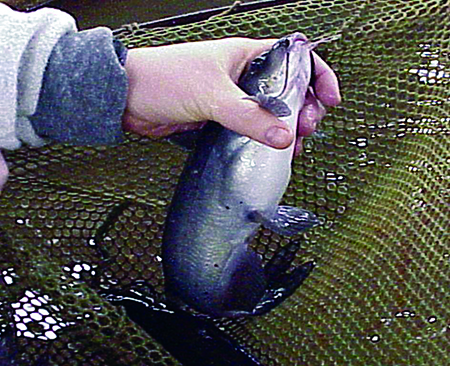
Health & Welfare
Arginine: Essential element in fish nutrition, health
Studies indicate dietary arginine supplementation may constitute an effective means of increasing immunocompetency and disease resistance of fish.
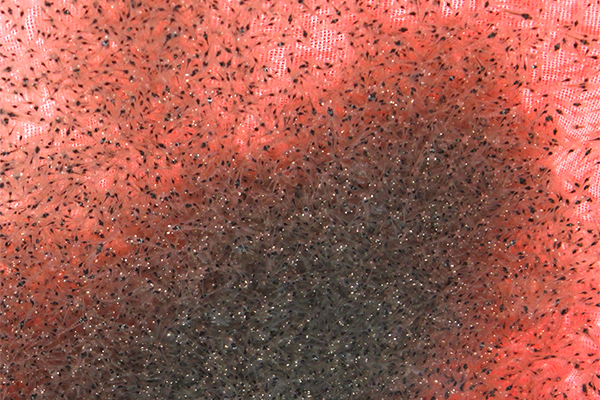
Health & Welfare
Can grape extract improve growth performance in Pacific white shrimp postlarvae?
For the best growth and highest level of in vivo antioxidant activity, the optimal level of the grape extract Nor-grape 80 is 250–500 ppm.
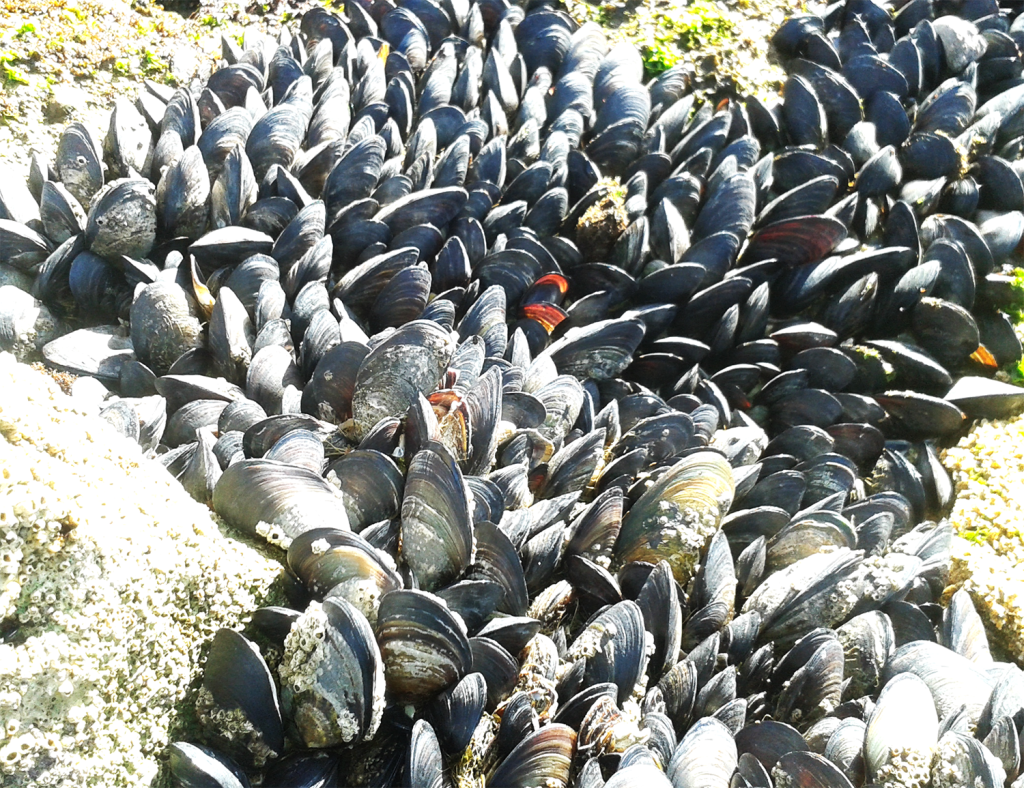
Aquafeeds
Can brown mussel meal in feed promote growth and cold resistance of Pacific white shrimp?
Brown mussel meal at inclusion levels of 1.73–2 percent is a potential additive in L. vannamei shrimp diets to promote growth and reduce FCR.
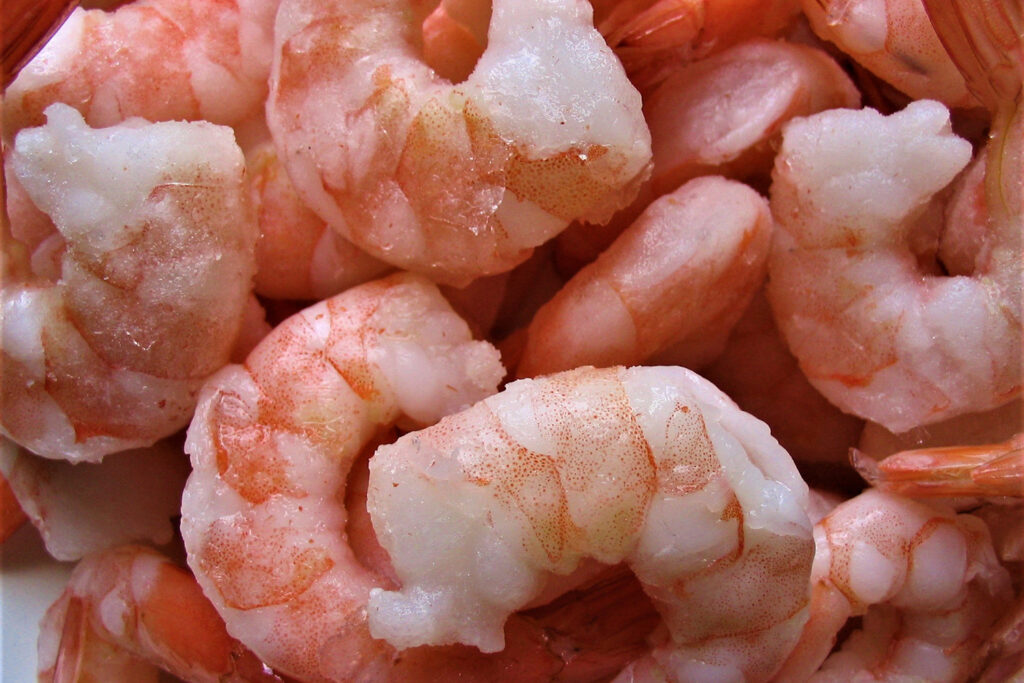
Aquafeeds
Can astaxanthin be replaced with lutein in diets of Pacific white shrimp juveniles?
Dietary supplementation of lutein shows similar growth performance, antioxidant capacity, immunity of whiteleg shrimp compared to astaxanthin.



